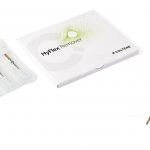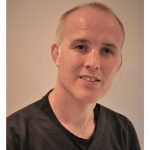A 54-year-old female patient presented to my colleague as a new patient to the practice looking for cosmetic dentistry. She was a regular attender with her previous dentist, was generally fit and well with an unremarkable medical history, and presented with no urgent concerns. The patient had been treated with a fixed appliance orthodontic treatment as a child, which she recalled as being painful.
The patient simply wished to improve the appearance of her teeth. She had a particular dislike of the shape and chipping of her upper incisors, and an anterior tooth that was out of alignment in her lower arch. The patient’s dental health was secured by my colleague, including routine periodontal treatment with our hygienist, before referral to myself for an orthodontic assessment.
Orthodontic assessment
Extraorally, the patient had an increased lower face height with no asymmetry. Her profile was mildly convex with an obtuse nasolabial angle and an increased FMPA angle.
Intraorally, she had a mild Class II Division I incisor relationship on a mild Class II skeletal base, with mild upper incisor crowding and moderate lower crowding. The patient’s upper centreline was coincident with her midline, while the lower centreline had a 3mm shift to the right. The canines had a Class I relationship, there were spaces in the upper premolar regions, and the molar relationships were Class II on both sides.
All possible treatment options were presented to the patient, including fixed labial appliances and removable clear aligners. The patient preferred removable aligners since she remembered a lot of discomfort associated with the fixed braces she had as a child.
Treatment planning
Records were collected for submission to the ClearCorrect® portal, including DSLR photographs, Trios (3Shape) intraoral scans and an OPG to review all the teeth and root lengths. During this process, the spaces present in the upper premolar areas were discussed with the patient, explaining that to close these completely would involve a significantly longer treatment plan. It could also possibly risk adverse effects on her profile with a reduction in lip support. The patient did not feel that closing these gaps was a priority and was happy to accept some residual spacing.
The ClearCorrect® dental technician was instructed to create a treatment set-up that would aim to align the upper and lower incisors. I requested that we achieve this by relieving the upper incisal crowding with arch development and some utilisation of the existing premolar spaces. In the lower arch we would also use arch development, interproximal reduction (IPR) and some incisor proclination. After receiving the 3D digital treatment set-up, I was able to directly communicate with the technician through the ClearPilot portal and request some adjustments. The initial plan showed the aligned incisors displaying ‘black triangles’ at the end of the treatment, so we added additional IPR in these areas to improve the overall aesthetic outcome.
Once the final set-up was shared and approved with the patient, I explained the stages of the treatment using the interactive ClearPilot online tool. I showed the patient where interproximal adjustments would be carried out and engagers fitted. The treatment was scheduled to take place using 15 stages, changing aligner every 2 weeks over a total duration of about 8 months. The Unlimited ClearCorrect® treatment option was selected, offering unlimited aligners and retainers over a five-year period and enabling me to control the lab fees no matter how many aligners were eventually required.
It was emphasised during this consultation that the set-up is only a guide and that there are occasions with aligner treatment when teeth do not move as expected. Personally, I routinely inform patients that we should allow an additional period of time in case it’s necessary to wear an aligner a little longer to allow complete movements or to refine the treatment set-up with a new scan. This helps to manage patient expectations. In this case, the patient was warned of the possible need for an additional 3 months of treatment time.
Treatment provision
Once the consent process was complete, the ClearCorrect® aligners were manufactured and two weeks later treatment began. Initially, the IPR prescribed for the lower arch was performed and the aligners fitted. The patient was reminded to wear them for at least 22 hours per day and only removed to eat, drink (with the exception of plain water) and clean her teeth. The importance of maintaining meticulous oral hygiene was reinforced and she was advised to wear stage 1 for two weeks, before changing to stage 2, which was provided to take home.
Four weeks later, she attended for her first review appointment and fitting of the stage 2 aligner in-situ was checked to be satisfactory. Engagers were also placed as scheduled to aid the action of the aligner by enhancing the ‘grip’ on the tooth. This procedure is made very straightforward with the templates provided by ClearCorrect®, allowing the precise placement of composite resin as required. Stage 3 was fitted and stage 4 provided to use after 2 weeks.
The review appointments continued every 4 weeks, ensuring that the teeth were tracking with the aligners and moving as planned. At stage 10, it became apparent that we were starting to lose tracking with a slight gap developing at the lower incisal edge. I advised to step back to stage 9 and wear this for an additional week, reinforcing the use of chewies to ensure that the aligner was fully seated. This improved the fitting and we were able to continue to stage 10. With stage 11, there was a slight tendency for the gap to return, so I re-scanned her teeth and refined the treatment plan.
With the prompt turnaround by ClearCorrect® following submission of the new scan, I was able to see the refined treatment set-up. I requested that some of the tooth movements be slowed down, extending the overall treatment to 19 stages. This was finalised, the aligners were fabricated and the patient resumed treatment less than two weeks later.
Following this sequence, we were pleased with the outcome of the upper teeth, but a little further buccal movement of the LR2 and some rotation of the LR3 was needed. A new scan was taken, but before this, with an eye on the final outcome, we decided that we would carry out some simple composite bonding and incisal edge contouring to improve the shape of the incisor teeth.
The new set-up was reviewed and 5 sets of aligners manufactured. Alignment was complete 3 months later.
The patient had a strong preference for fixed retainers, which I agreed was vital to secure the new position of the LR2. However, the patient was advised against a fixed retainer in her upper arch due to the limited space and increased risk of debonding, as well as the fact that a removable retainer would still be required to help maintain the relative positions of the canines and premolars.
Outcome
The patient was delighted with the final outcome, particularly with how natural her smile looked. Further aesthetic improvements were discussed, including tooth whitening and composite bonding to improve the tooth morphology, which she declined.
When I look back over this case, I feel we had a very successful overall outcome. The patient’s objectives were fulfilled by repositioning the LR2 and improving the overall alignment of her teeth. There was also a modest improvement with her lower centreline and we managed to reduce some of the spacing in the upper premolar regions.
The treatment involved a total of 24 stages, which includes the two necessary refinements, over a period of 14 months. Retrospectively, I feel that some of the tooth alignment would have benefited from slower movements that were staged slightly differently.
That said, the treatment time extension was not an issue. Since I had forewarned the patient of the possibility of treatment time extension, the overall treatment time remained acceptable to the patient’s expectations. The ClearCorrect® Unlimited treatment option also meant that even though we required more aligners, the lab fees were unaffected and this provided security for me as the clinician.
The Trios scanner also played an important role by not only ensuring the most precise fit of aligners, but also enabling a quicker turnaround when refinements were required. Cutting out the need for handling and posting impressions saves days and ensures active treatment can resume with minimal delay.
Images






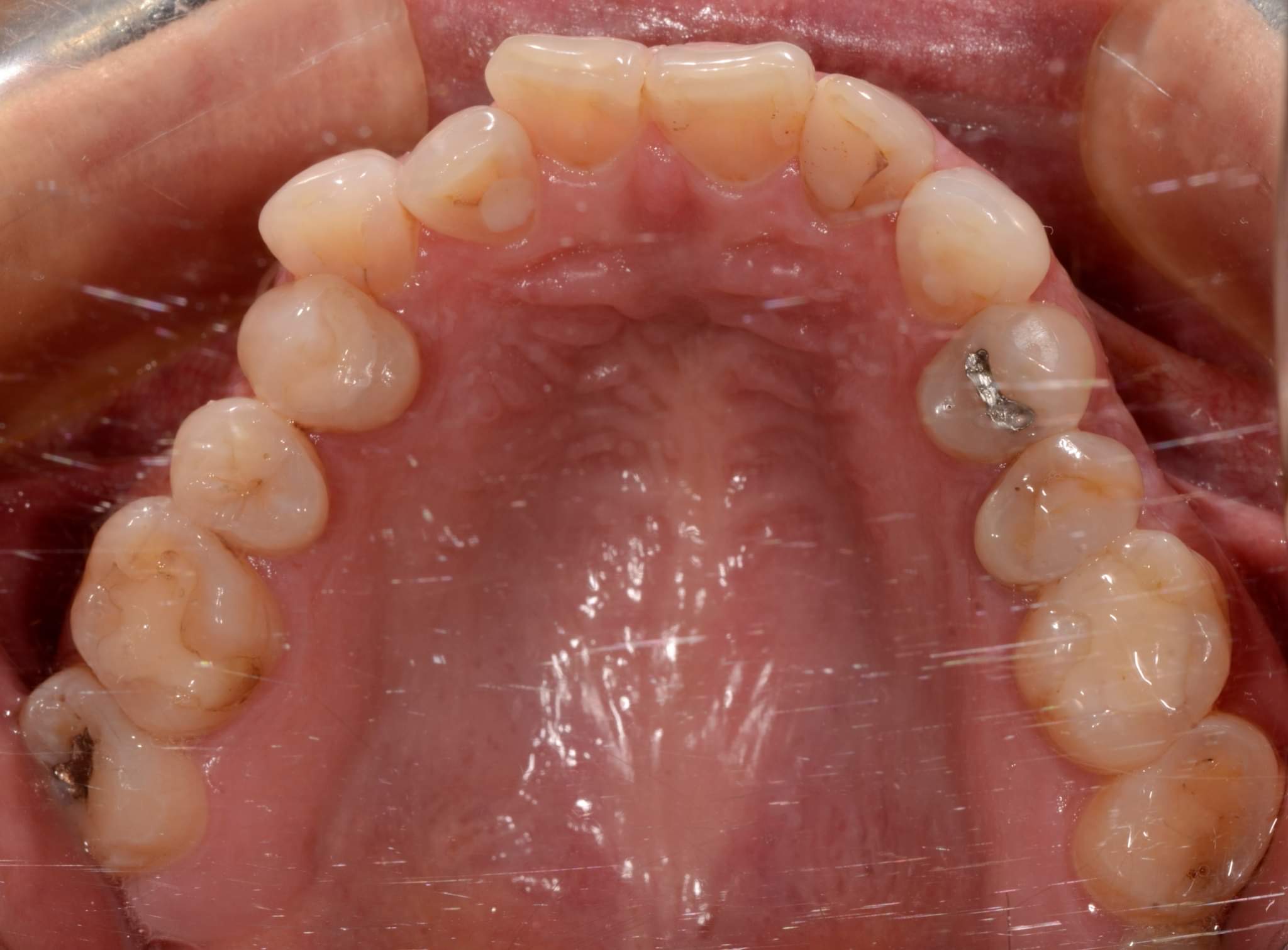










For more information on ClearCorrect®, visit: https://www.straumann.com/clearcorrect/en/home.html
Author:
Sean Power graduated from Birmingham University in 1998 and has since worked at various practices in the UK and Australia. He has a specialist interest in orthodontics and endodontics, having used clear aligners since 2009 and ClearCorrect® since it arrived in the UK in 2016. He currently works at Heath Dental and Smile Concepts in Solihull, West Midlands.



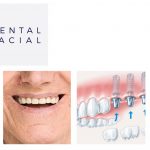
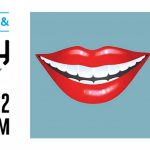
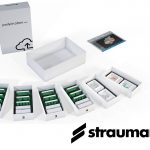
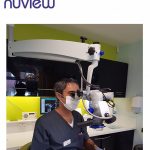
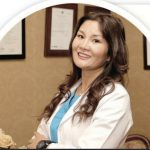



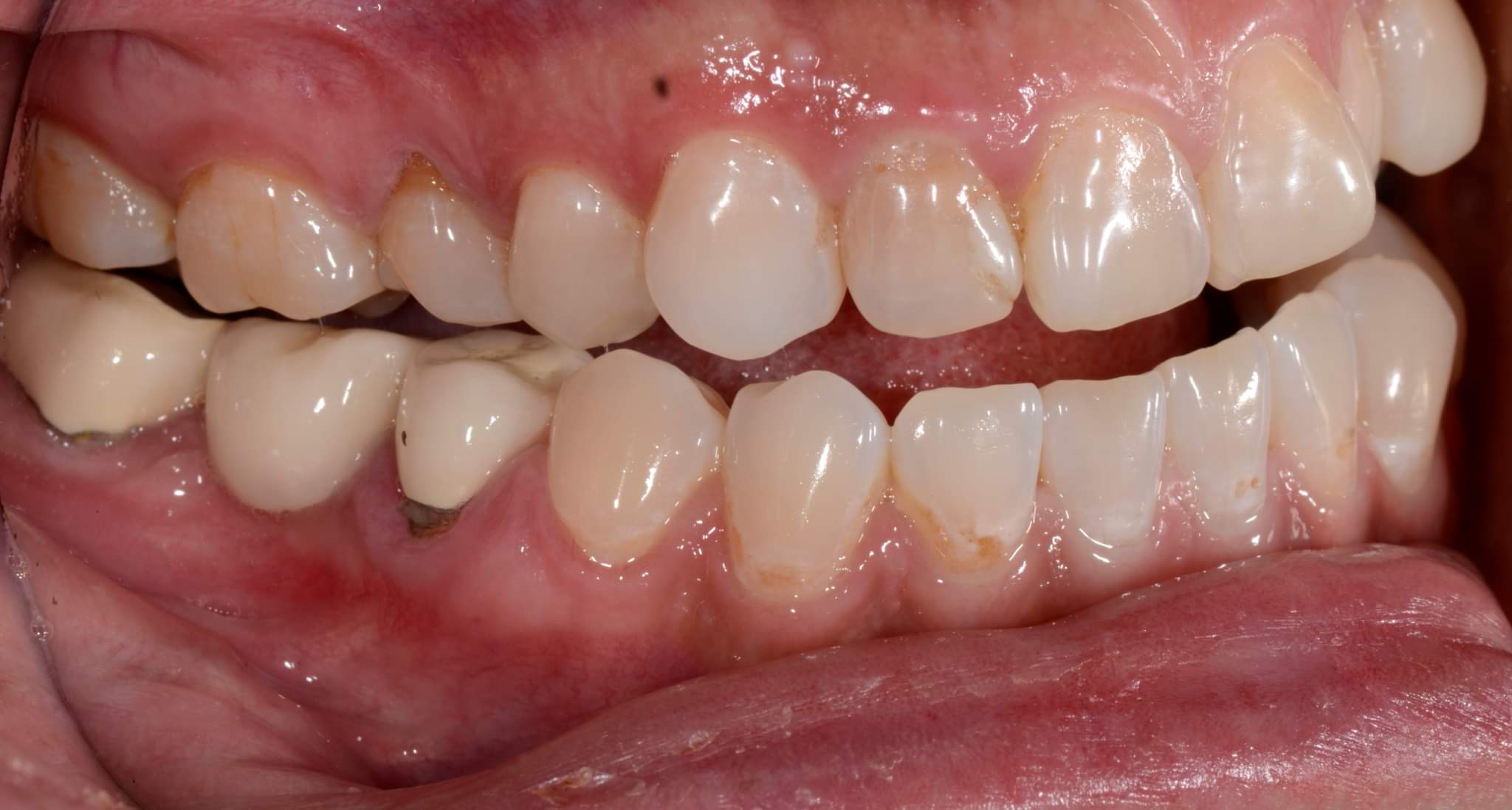


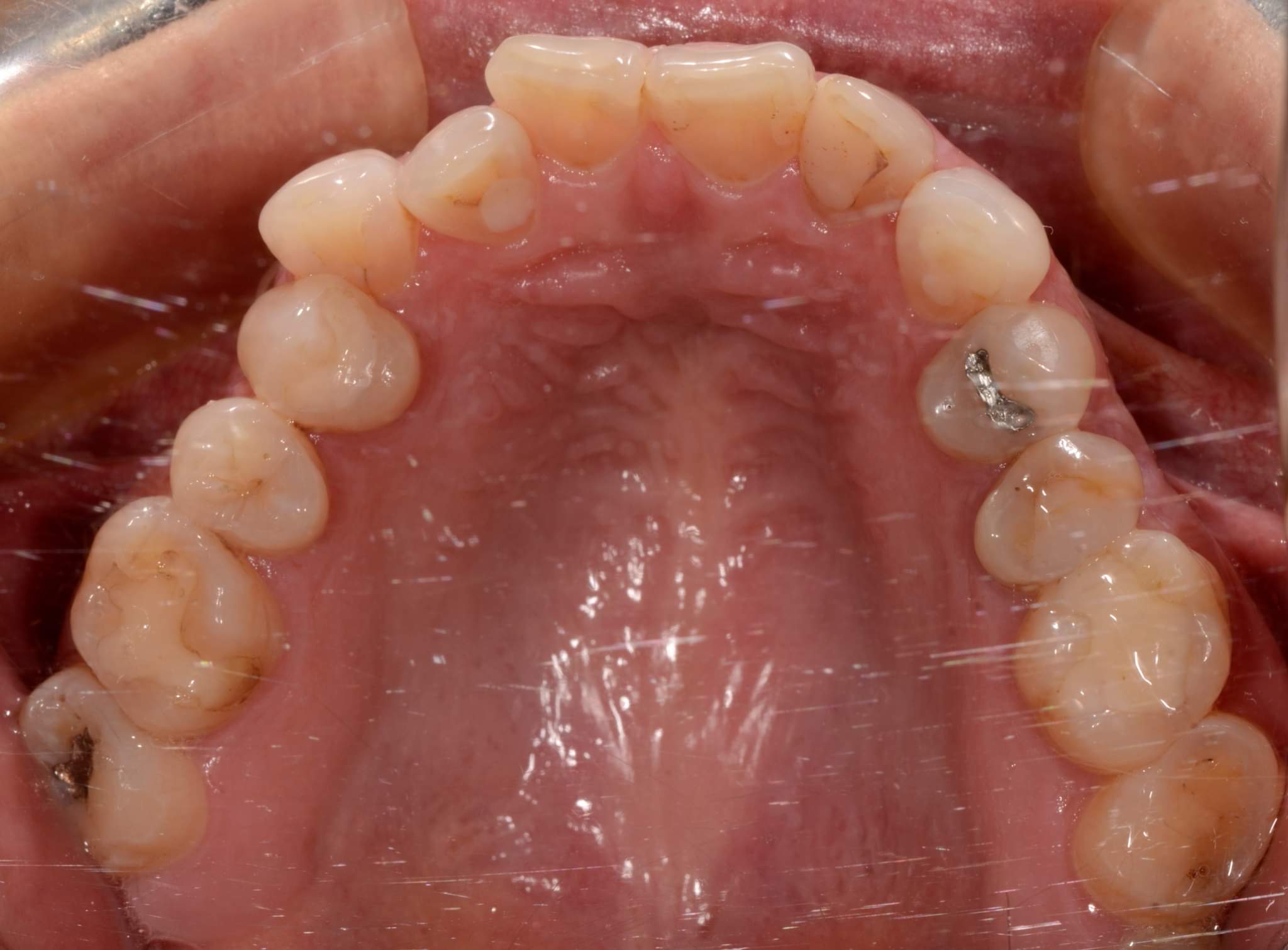
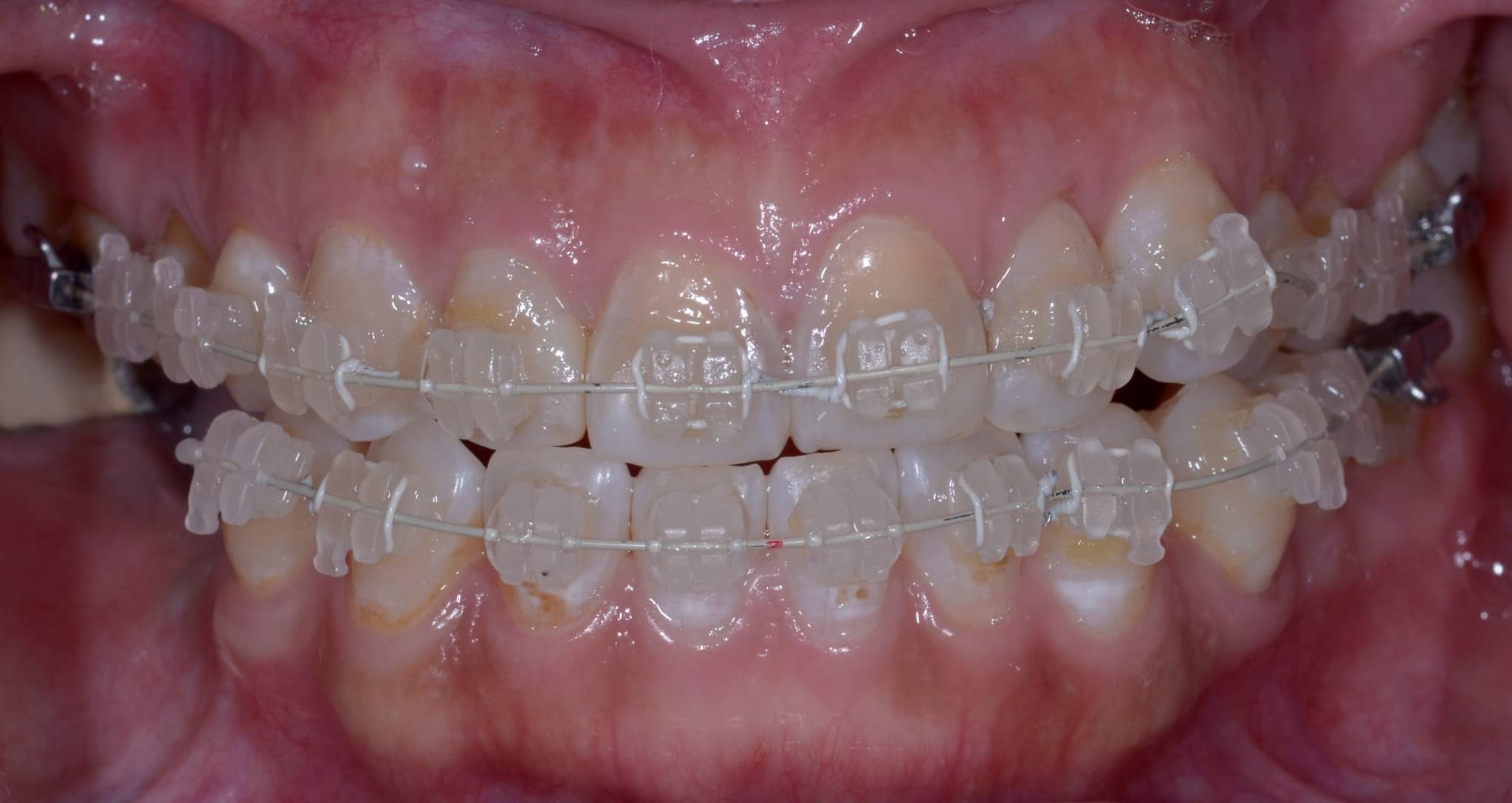


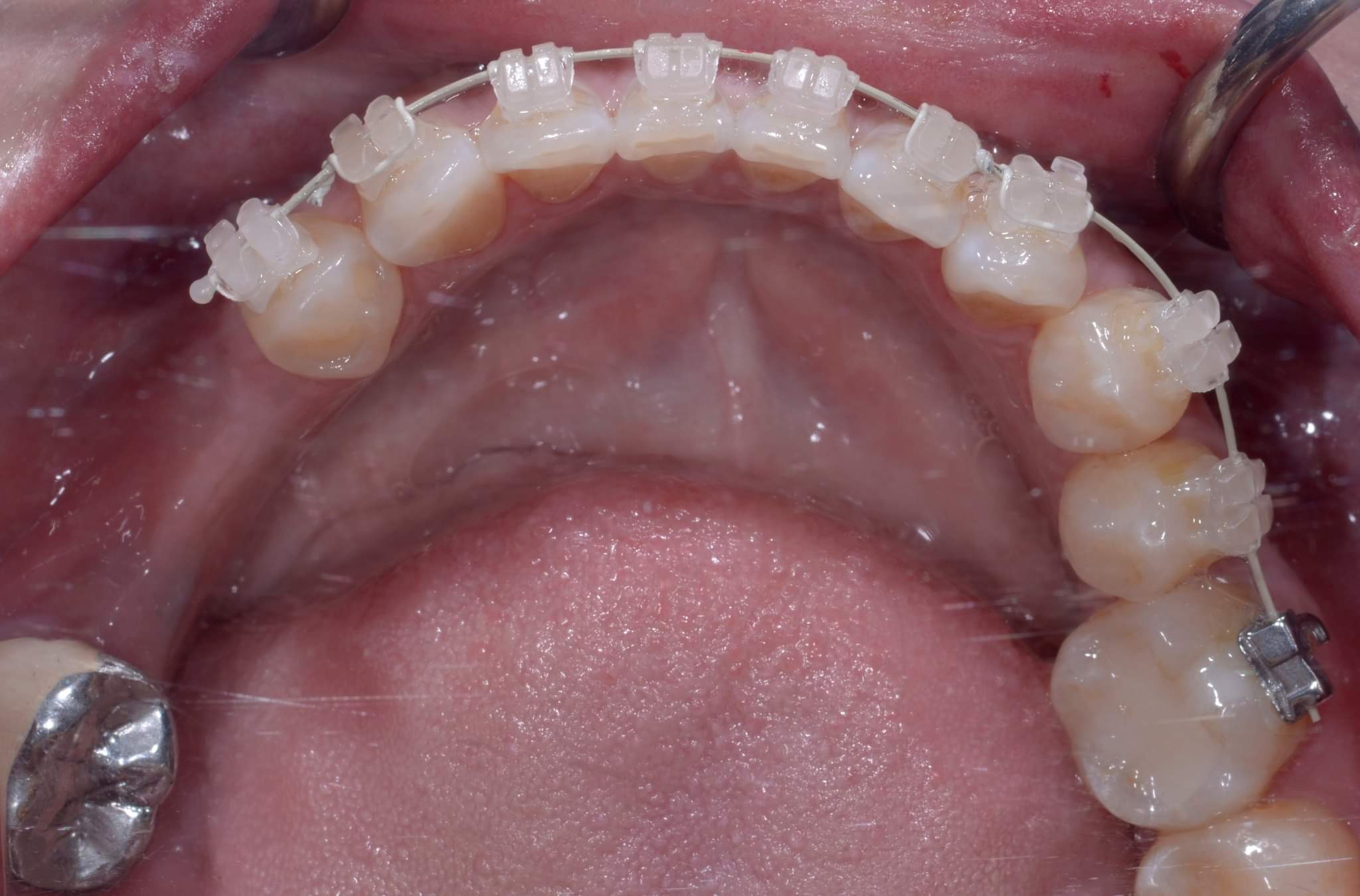
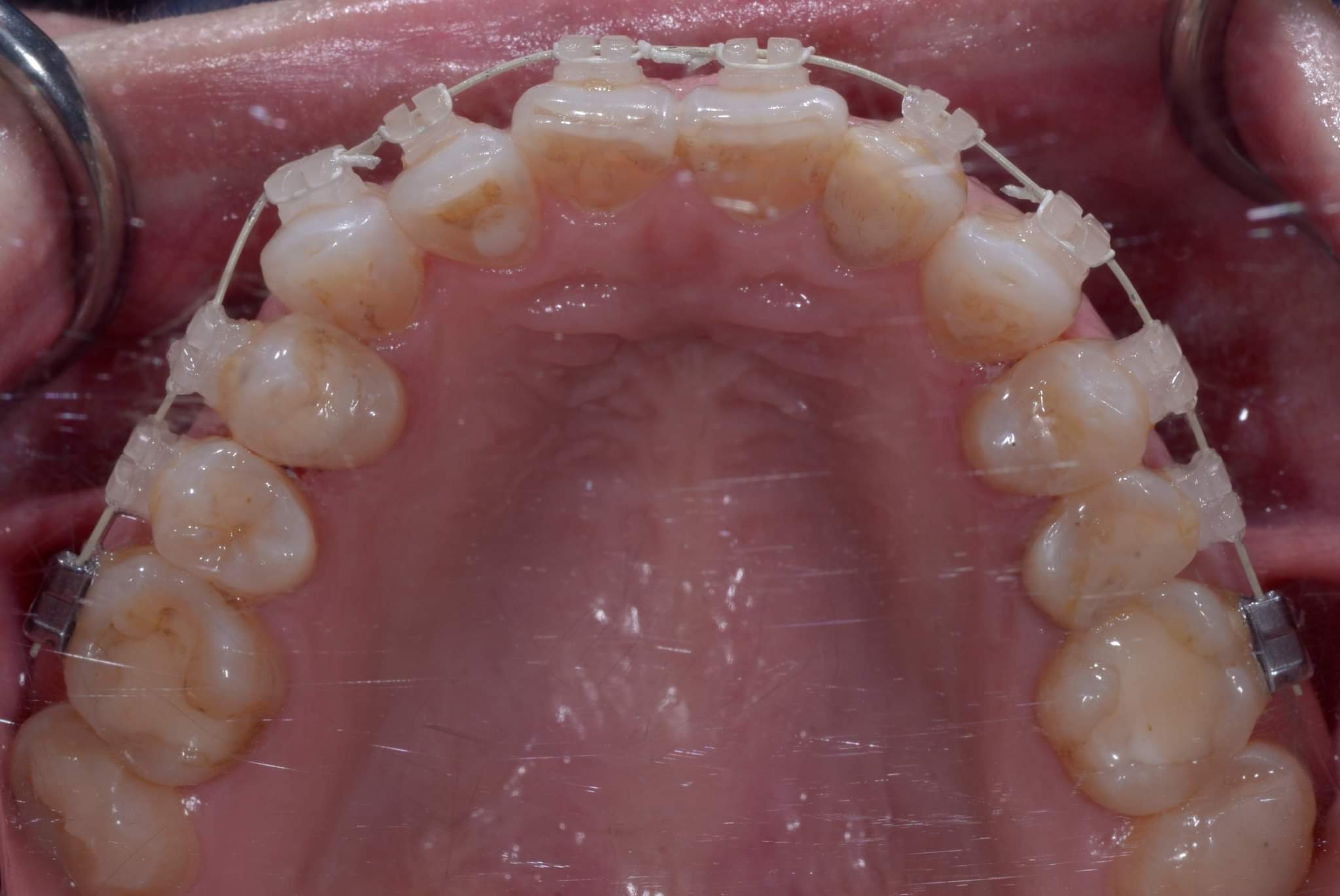
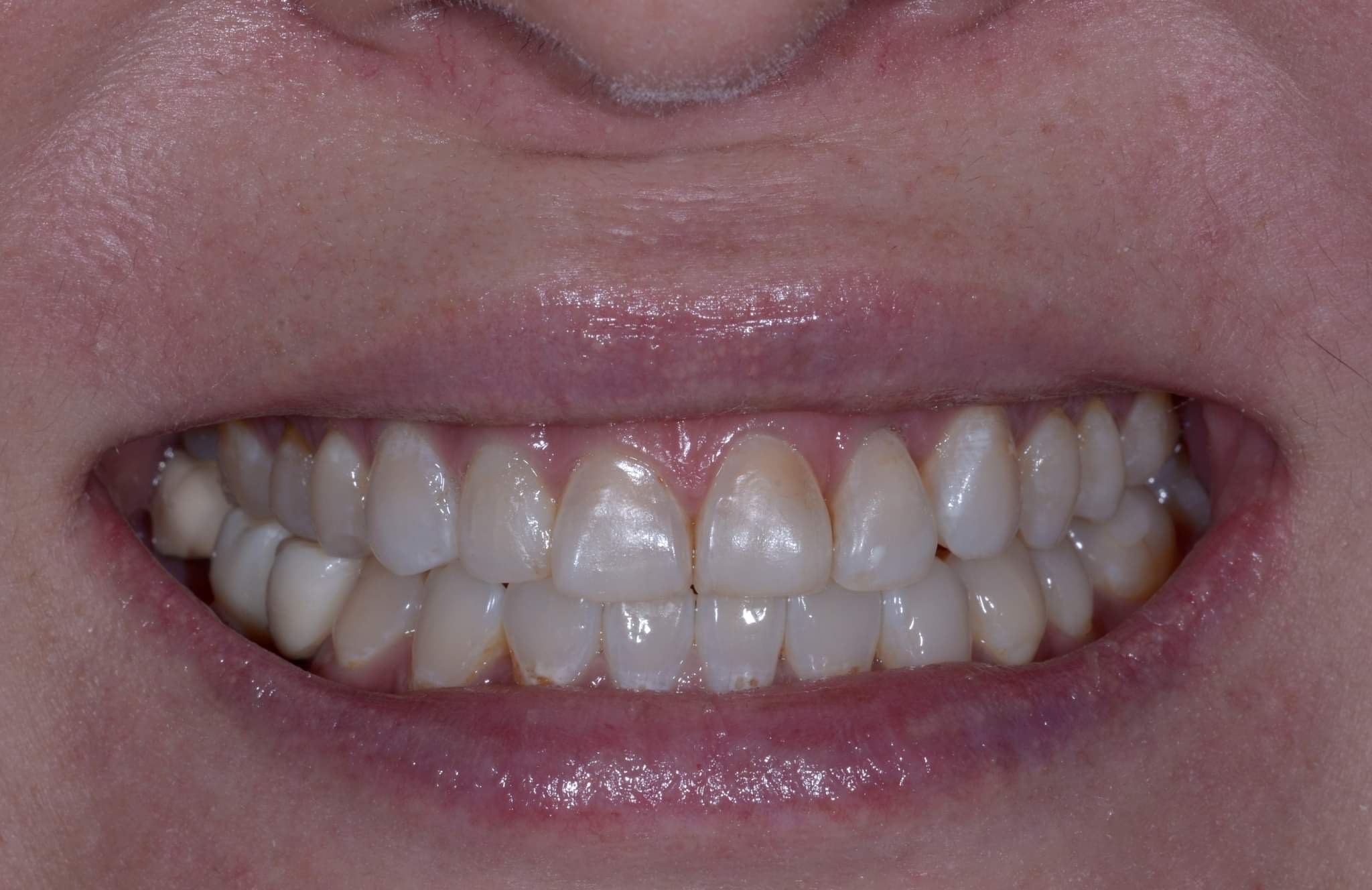
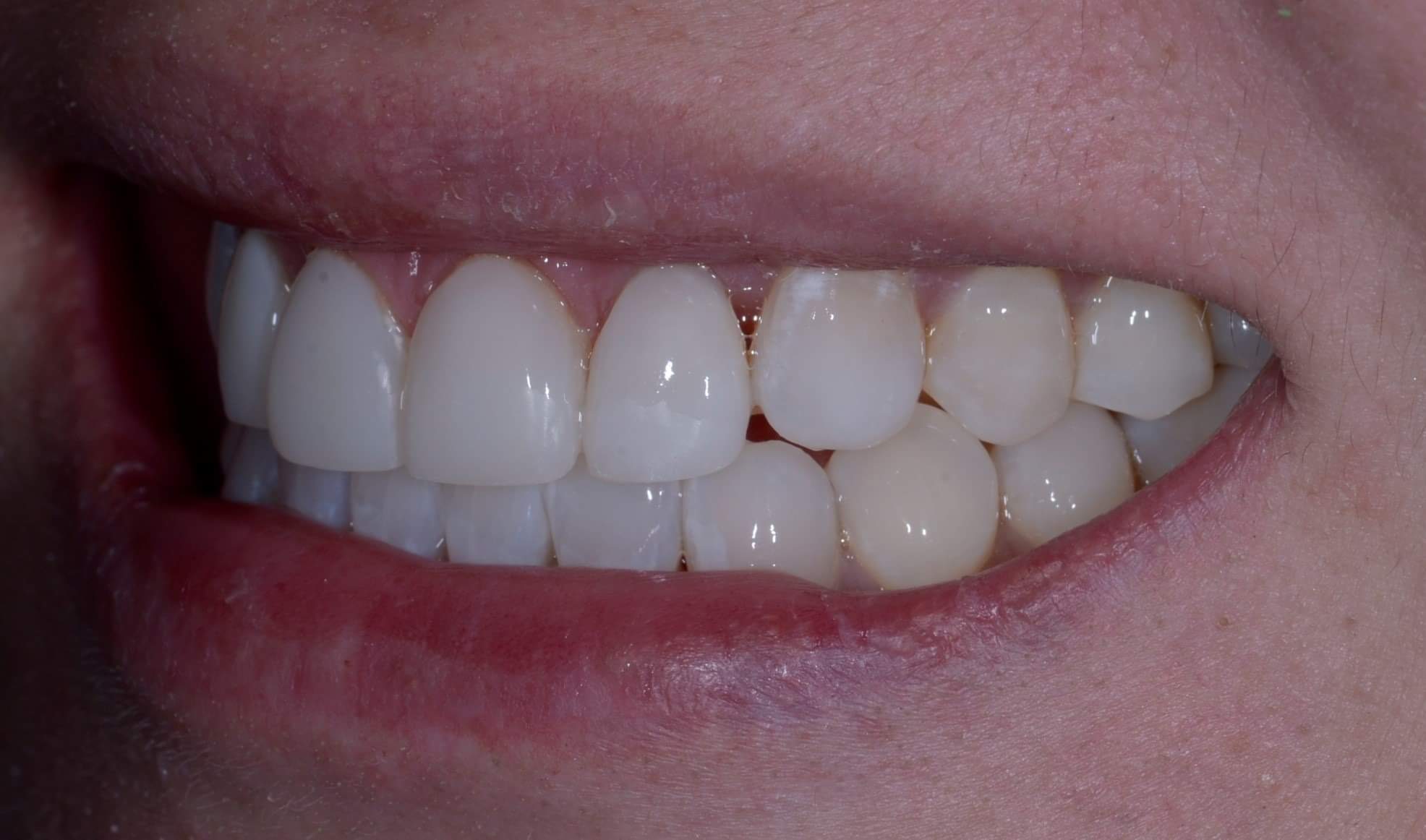
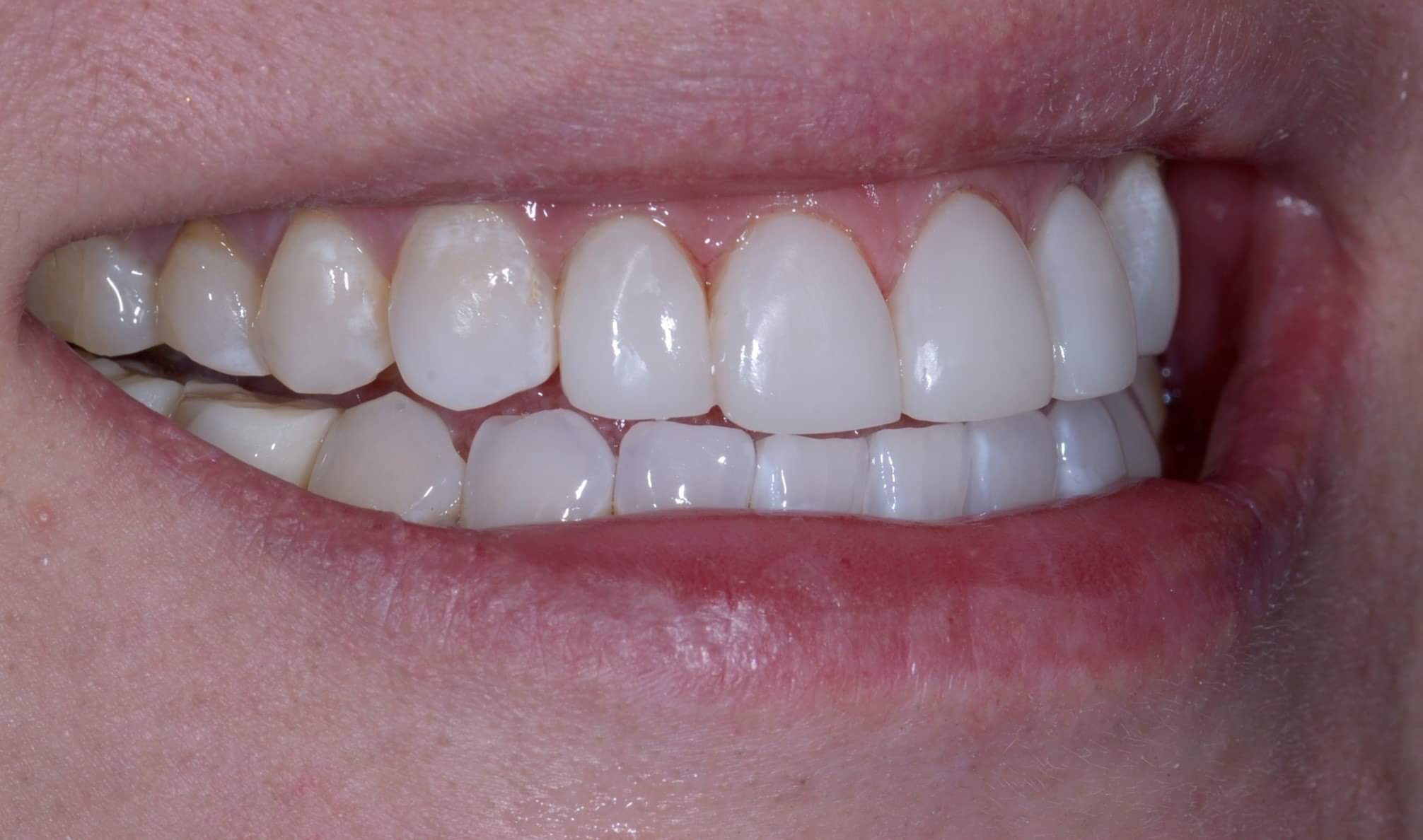
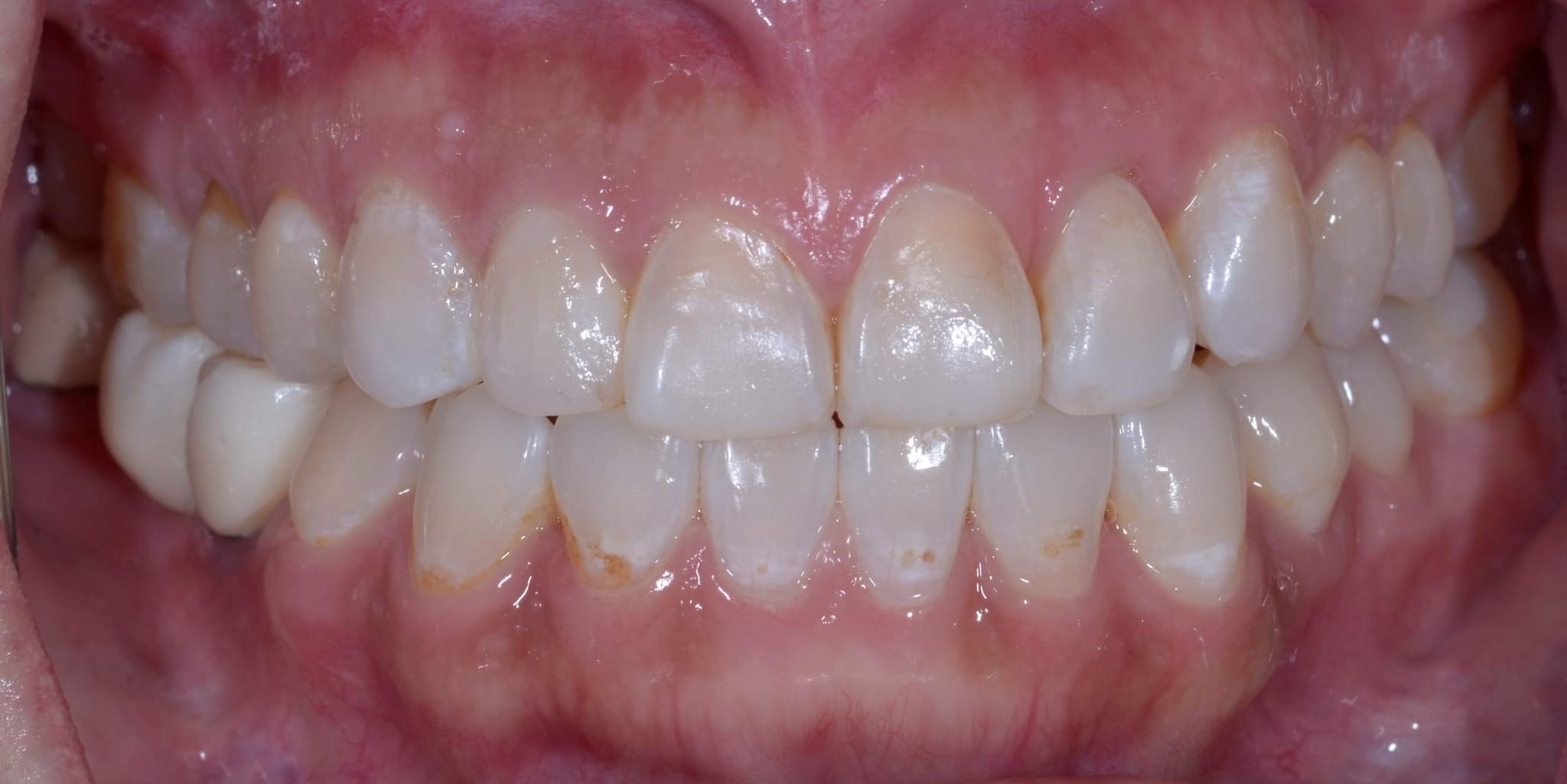
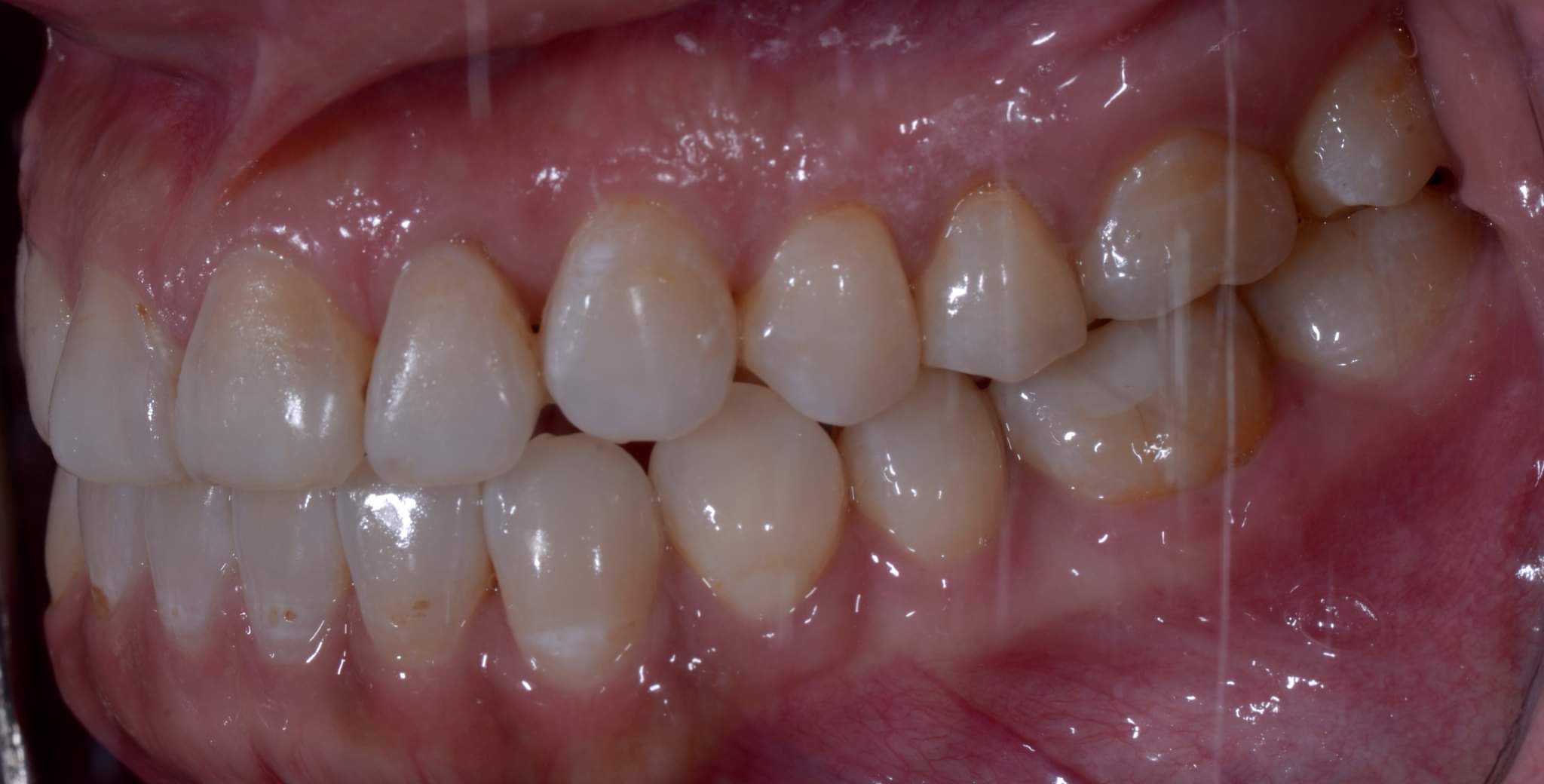



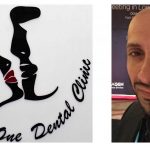
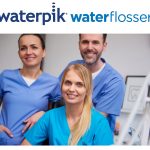

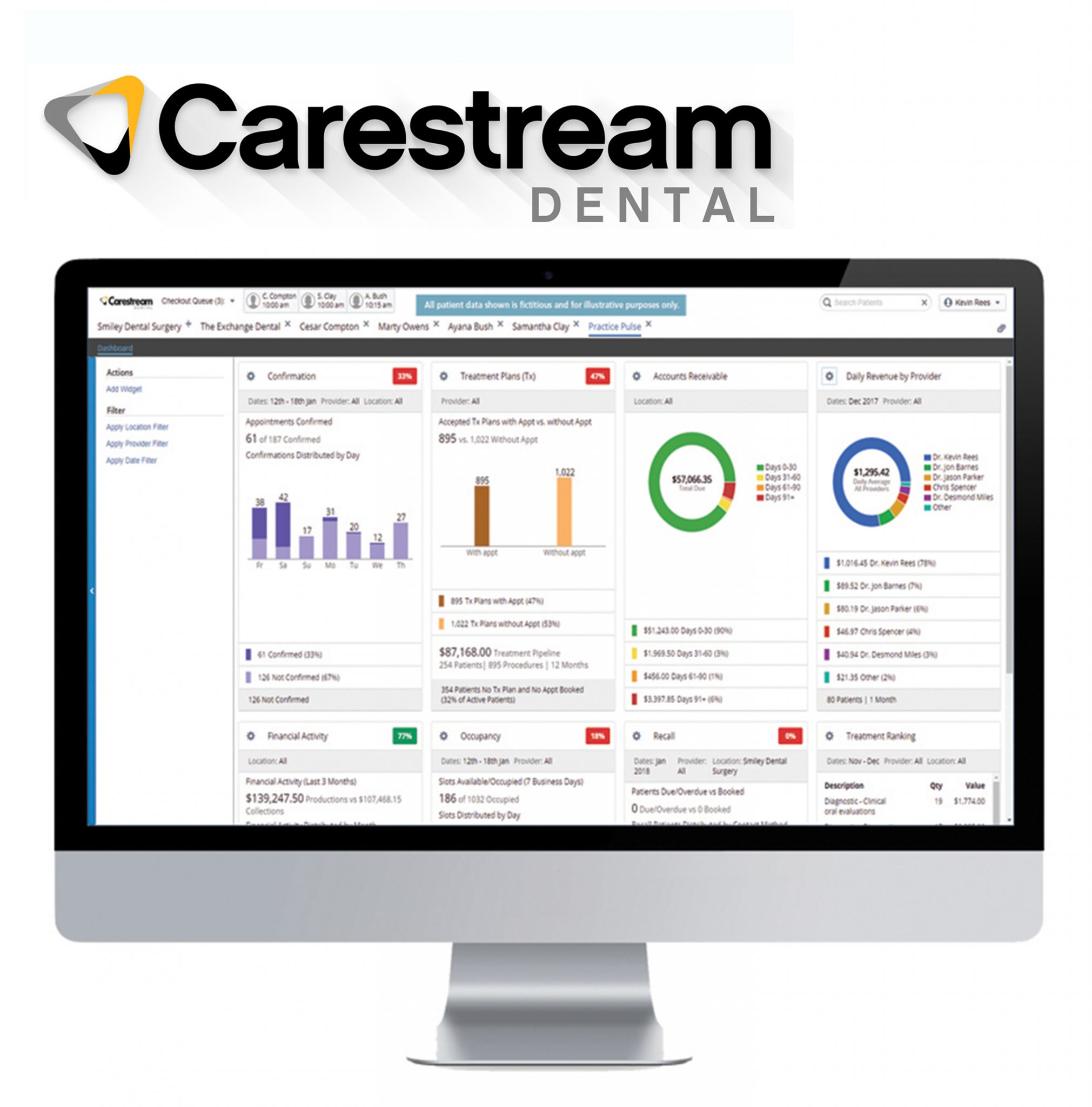 Despite signatures not needed, forms still need to be completed in the practice. Providing these forms to patients head of their appointment to complete at home has become the new standard.
Despite signatures not needed, forms still need to be completed in the practice. Providing these forms to patients head of their appointment to complete at home has become the new standard. 